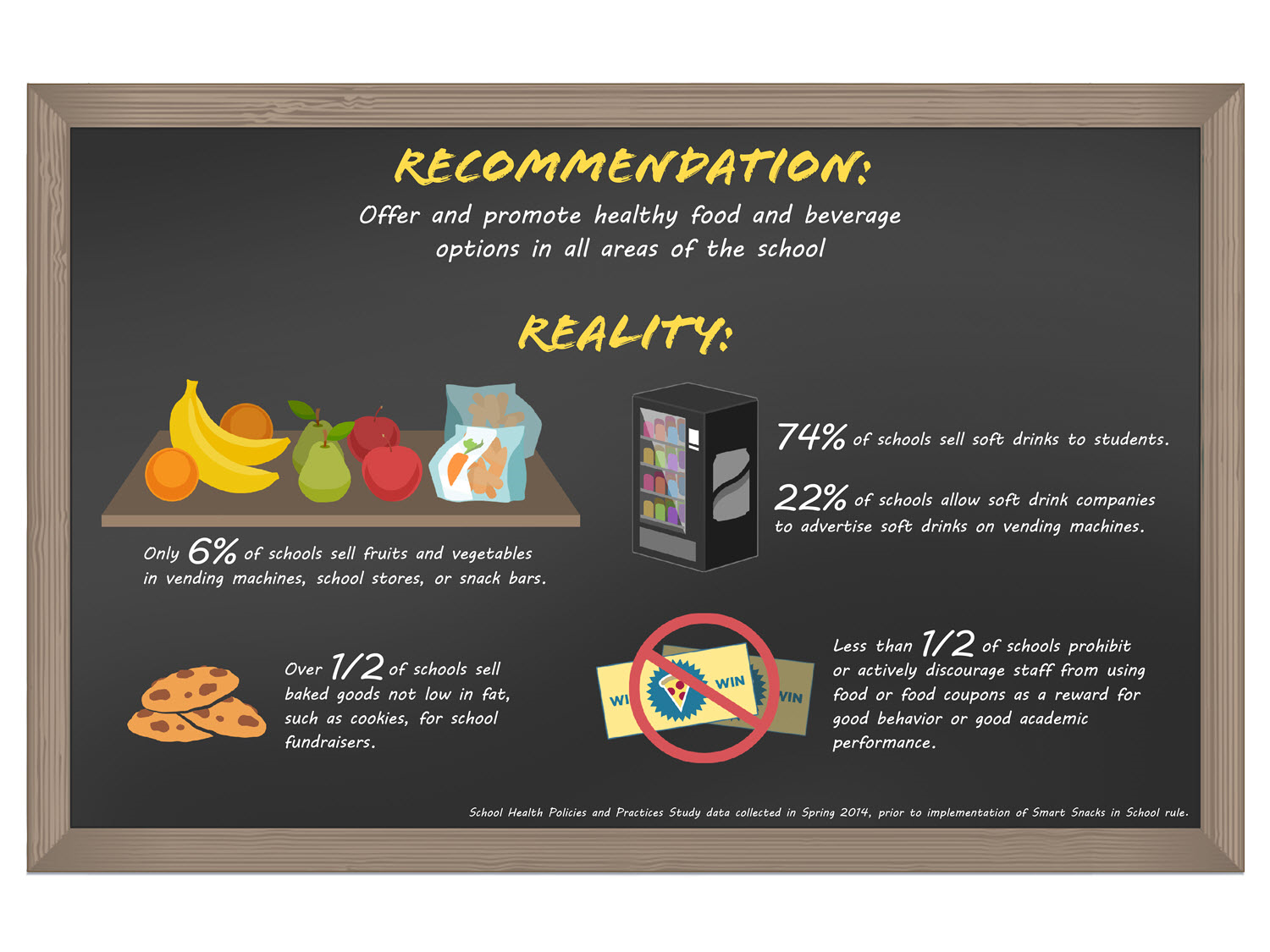Obesity
Obesity Epidemic in the United States
According to the U.S. Centers for Disease Control and Prevention (CDC) and the National Heart Association, approximately 1 in 3 adults, and more than 1/3 of children in the United States are overweight or obese – that’s more than 23 million children and teenagers. What is more, a National Institutes of Health report showed that the number of obese adults in the United States more than doubled since 1962, from 13.4% of the US population being obese, to 35.1% of the US population.
This is a huge problem, because obesity can lead to a number of diseases and health issues including:
- Type 2 diabetes
- High blood pressure
- Heat disease
- Asthma
- Some types of Cancer
- Osteoarthritis
Additionally, overweight or obese teens are at higher risk for:
- Joint and bone issues
- Sleep Apnea
- Psychological distress/depression
- Low self-esteem
- Decrease in academic achievement
The biggest problem, is that we know that the diseases related to obesity, along with diseases related to tobacco use, lead to over 50% of all deaths in United States, including premature death. We also know that obesity does not affect people across the United States equally. This unequal impact is called disparity. The biggest problem overall, is that the disparity in obesity, and the diseases and deaths related to the obesity epidemic are COMPLETELY PREVENTABLE.
What is obesity?
Obesity is a condition in which a person has an abnormally high and unhealthy proportion of body fat resulting in a negative effect on health, leading to reduced life expectancy and/or increased physical and mental health problems.
What causes obesity?
Obesity is caused by a number of different factors including the environment, in which we live, our individual choices regarding physical activity and food, and the food available for us to eat.
Simply, obesity is caused by excessive weight gain, which occurs when an individual takes in more energy than they put out.
- Energy in food/drinks is often measured in calories. Energy is the amount of calories you get from the food and drinks you consume, and it is essential to consume energy for our bodies to function and survive.
- Energy in = the amount of calories you get from food and drinks.
- Energy out = the amount of energy your body uses for things like using your brain, breathing, digesting, and being physically active.
To maintain a healthy weight, an individuals energy IN and OUT have to be relatively equal over time. More energy IN than OUT will lead to weight gain. More energy OUT than IN leads to weight loss.
While our Individual Choices greatly impact Obesity, and number of things also cause obesity:
Living an Inactive Lifestyle
Many Americans are not very physically active. Sometimes this is because we spend many hours of our days sitting at desks for work or school. Television and computer time, either for work, school, or entertainment, also contribute to the numbers of hours we spend sitting. Many schools have also limited the number of PE options available, and the amount of time available for young people to be outside and physically active.
Another reason some people are inactive might be time spent in cars for transportation, rather than walking, riding a bicycle, or even taking the train. Options for public transportation might be limited by the location of your home/school. If you are in an isolated community without public transportation options, your only option might be to drive a car to transport your self. Additionally, unsafe neighborhoods, or neighborhoods with a lot of environmental hazards, limit a persons ability to get physical activity. Parents might not want their children to go into the street to play because of pollution and/or danger. This limits the amount of space a young person can be in and their ability to be physically active.
Environment
The physical environment we live in really impacts our ability to live healthy lifestyles. Often, our environments even encourage obesity. Some ways this might happen include:
- Lack of sidewalks, parks, affordable gyms, or street lights make it difficult to add physical activity into our daily lives o Work schedules – some people work long hours, multiple jobs, or have long commutes, which limits their ability to add physical activity, or seek healthy food options.
- Large portions of food – in the United States we often serve and expect to serve much larger portions that we need or even want. Often these portions are enough for multiple people, and encourage us to eat much more than necessary.
- Lack of access to healthy/nutritious foods – many neighborhoods lack supermarkets, or stores that sell fresh fruits and vegetables. People in these neighborhoods will often rely on liquor stores and other corner stores for food that has less nutritional content and is higher in calories. For some people, healthy foods are too expensive.
- Food advertising – Companies are always trying to get you to buy their products, and because of the fast-paced and busy lifestyle that most Americans have, faster food options are king. These options are often filled with extra sugar, and sodium, which aid in weight gain.
Genes and Family History
Some people are more prone to weight gain than others. It is a great thing that not all people look alike, and important to remember that a healthy weight is slightly different for everyone. However, there is a level of weight gain that can cause health related issues, and this is the level at which individuals should begin to be concerned.
Family choices are also included here. The choices parents and families make about the foods they eat will impact and teach their children. Making healthy choices for yourself will likely teach your child to make those same choices.
Health Conditions
Some health conditions, such as underactive thyroid, or polycystic ovarian syndrome can also cause weight gain, and can make it more difficult to loose weight. There are a number of other syndromes that can cause weight gain.
Emotional Factors
Depression, boredom, anxiety social isolation, and stress – among other things – can over eating, lack of physical exercise., which can lead to obesity. Mental health issues such as trauma in the home and community are some of the biggest issues moving the obesity epidemic in the United States. The best way to combat obesity related to mental health issues is to address the behaviors leading to the obesity and the mental health concerns simultaneously and compassionately.
Age
As we age, our metabolisms slow down and we naturally gain weight. Additionally, we loose muscle as we age and have a harder time remaining active. IF we don’t reduce calorie intake to make up for the lack of exercise, we are likely to gain weight .
How is Obesity Measured?
To determine overweight and obesity, researchers commonly use a measurement scale known as the body mass index (BMI). BMI is calculated by dividing a person’s weight (in kilograms) by their height (in meters), squared. The number they get indicates whether a person is underweight, at a healthy weight, overweight or obese.
BMI is calculated using standard weight status categories, which are the same for everyone regardless of age, gender, or body type. BMI approximates body fat percentage but is not a perfect measurement. According to the CDC, the following are the meanings of different BMI’s.
BMI Weight Status
BMI
- Below – 18.5
- 18.5 – 24.9
- 25.0 – 29.9
- 30.0 and above
Weight Status
- Underweight
- Normal and Heathy Weight
- Overweight
- Obese
Who is Affected by Obesity?
Everybody! Diseases related to smoking and obesity cause over 50% of the deaths in America and, due to disparity, do not impact everyone equally. As rates of obesity rise, more and more Americans will be faced with the health consequences and subsequent diseases related to obesity. Moreover, according to the CDC, the medical costs for someone who was obese was more that $1400 higher than someone of a normal weight.
Children
According to the CDC, about 17% of American children – that’s over 12 millions kids – were obese. The prevalence of obesity is higher among Hispanic and Black youth that their white counter parts, and disproportionately impacts low-income youth . Children who are obese are more likely to experience the early risk factors for heart disease, like high blood pressure. They are also at risk for developing diabetes, bone density problems, sleep issues, and depression.


Did you know?
- That less than 2/3 of adolescents age 12-17 get vigorous activity at least 3 days a week?
- 75% of teenagers drink at least one sugary beverage per day.
- Many teenagers have a vitamin and nutrient deficiency and get less than the average intake of vitamins and minerals found in fruits and vegetables.
- 14% of high school students in LAUSD are obese.
